Instructional Series
Welcome to the English medium literacy instructional series teaching and learning resources for years 1 to 8.

- Gold
- Purple
- Blue
- Red
- Green
- Yellow
- Orange
- Turquoise
- Magenta
- 2
- 3
- 4
- 1
- 4
- 6
- 5
- 3
- 8
- 7
- 2
- 1
- English
- Social Sciences
- Science
- Health and Physical Education
- Technology
- The Arts
- Mathematics and Statistics
- Learning Languages
- Fiction
- Non-fiction
- None
- Nature of science
- Living world
- Nature of technology
- Statistics
- Geometry and Measurement
- Planet Earth and beyond
- Technological knowledge
- Physical world
- Material world
- Number and Algebra
- Technological practice
- Gather and interpret data
- Use evidence
- Critique evidence
- Engage with science
- Interpret representations
- Articles
- Stories
- Poems
- Plays
- Activity
- Comic
- Kākano | Seed
- Tupu | Seedling
- Māhuri | Sapling
- Rākau | Tree
- Consonant digraphs
- Consonant patterns
- Initial and final blends
- Long vowels
- Short vowels
- Single consonants
- Complex morphemes
- Tense
- Vowel digraphs
- Contractions
- Syllable types
Search results
1187 items - Showing 591 - 600
-
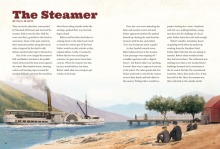
The Steamer
by Paul Mason
illustrated by Dede Putra
"They sat on the shoreline, surrounded by bleached driftwood, and watched the steamer drift across the lake."
-
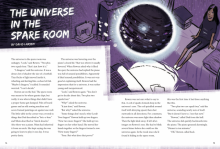
The Universe in the Spare Room
by David Larsen
illustrated by Daron Parton
"The universe in the spare room was unhappy."
-

Wind Chimes
by Paul Mason
illustrated by Mat Tait
“Wind Chimes” continues the dystopian theme of “Hushed”. The protagonists, Tre and Muse, are on the run. They have escaped the city and the mindless activity enforced by the Examiners. There are clues to the oppression they are escaping, and there is a flashback to explain how Tre’s parents were taken, which provides a strong image of the way the regime controls the population.
-
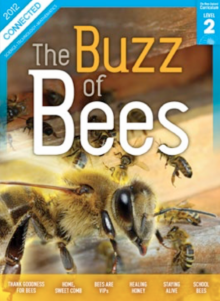
Thank Goodness for Bees
by Bronwen Wall
“Thank Goodness for Bees” explains how honey bees differ from similar insects. It describes how honey bees have adapted to be able to collect nectar and pollen from flowering plants and how they turn the nectar into honey. It also explains how bees produce wax to construct honeycomb to store their honey.
-
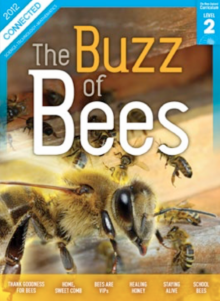
Home Sweet Comb
by Trish Puharich
“Home, Sweet Comb” describes a selection of beehives made by people living in different cultures and at different times across the world. It describes the materials the hives were made of, their shapes and structures, and how beekeepers collected the honey stored inside them.
-
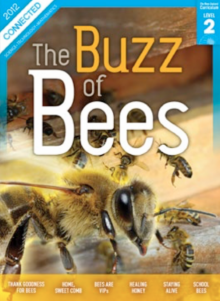
Healing Honey
by Philippa Werry
“Healing Honey” explains how mānuka honey has special healing properties that make it valuable for medicinal purposes. It discusses the technological experimentation and modelling that went into the development of a honey bandage to treat wounds.
-

Bees are VIPs (Very Important Pollinators)
by Marie Langley and Mike Tapp
“Bees Are VIPs (Very Important Pollinators)” explores the symbiotic relationship that has evolved between the honey bee and flowering plants. It describes how, in the process of gathering nectar and pollen, the honey bee helps to pollinate flowers.
-
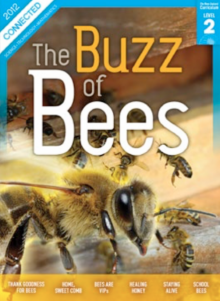
Staying Alive
by Marie Langley and Mike Tapp
"Staying Alive” identifies some reasons why the honey bee is becoming endangered. It describes the behaviours of other living things, including humans, that are threatening honey bee survival.



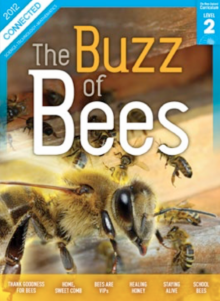
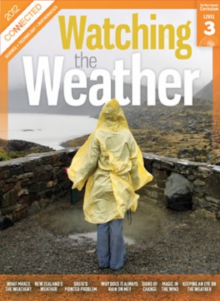
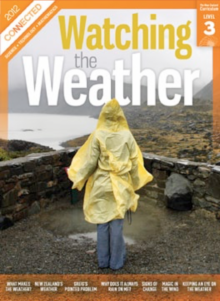
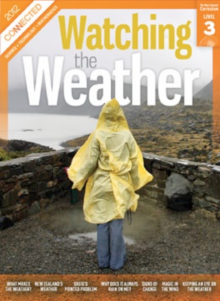
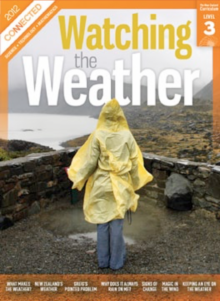
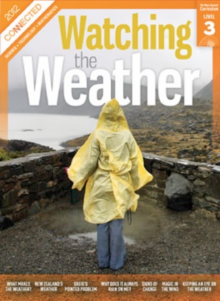
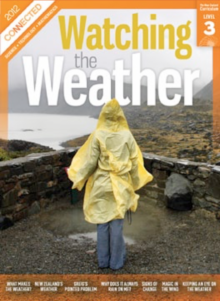
 Literacy Online home
Literacy Online home
